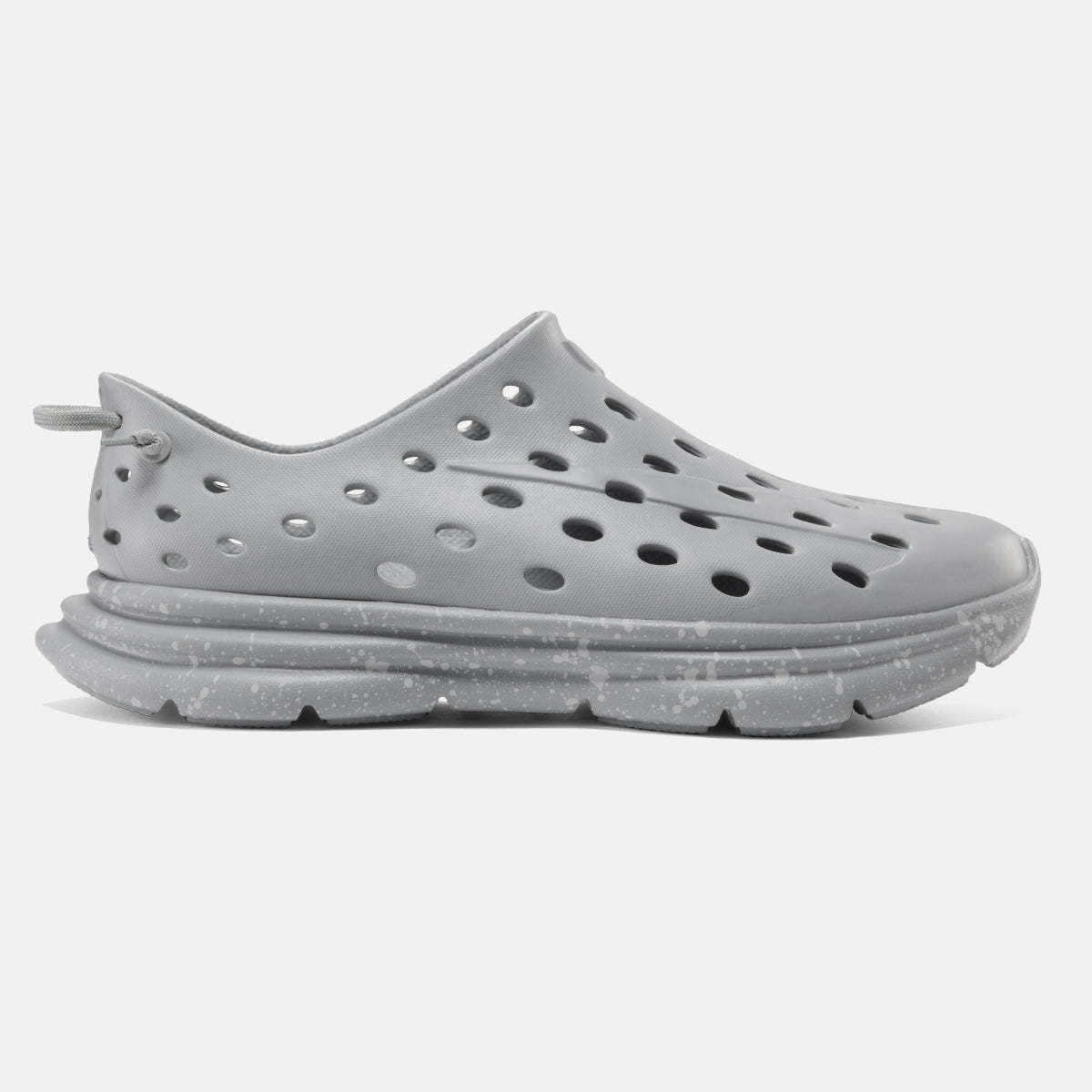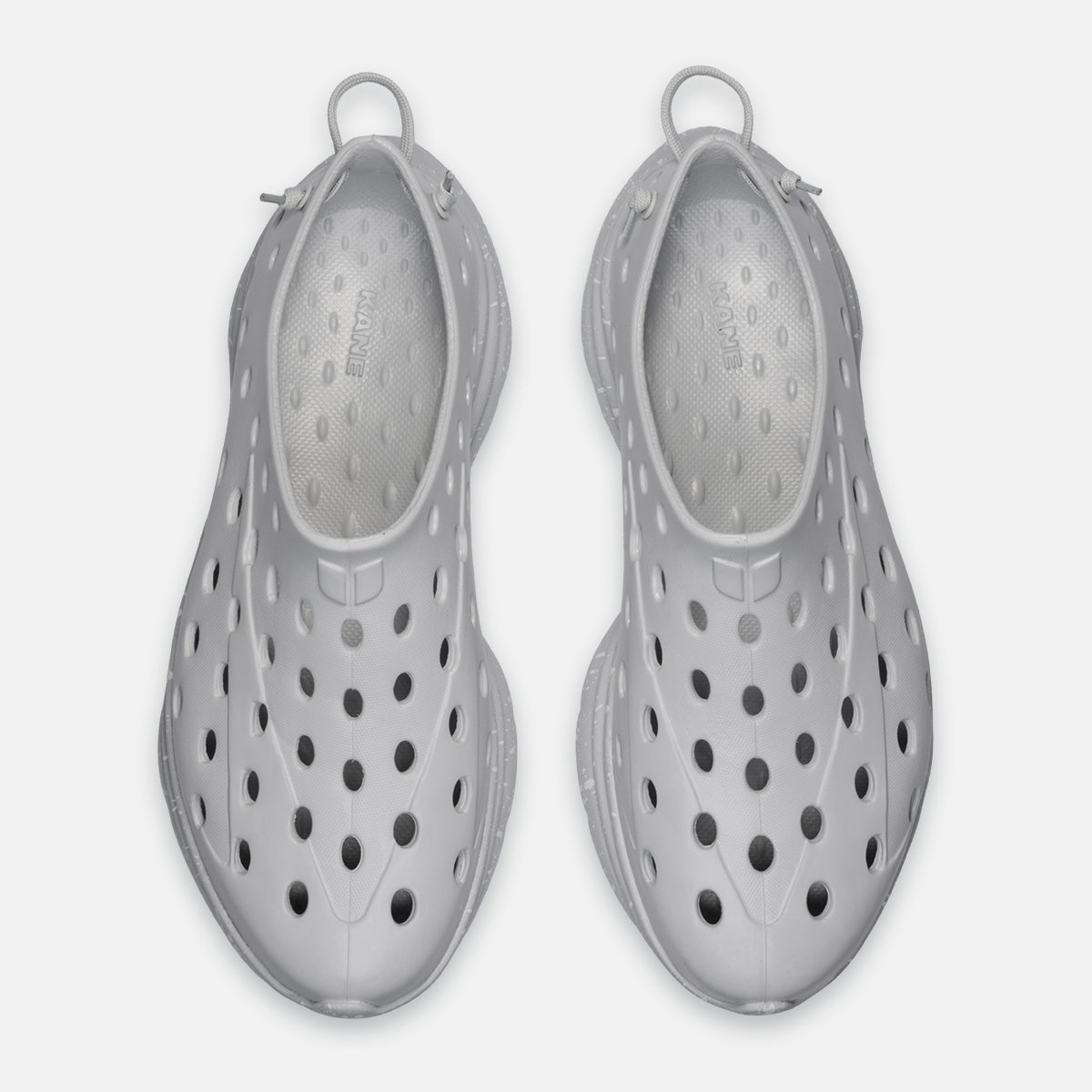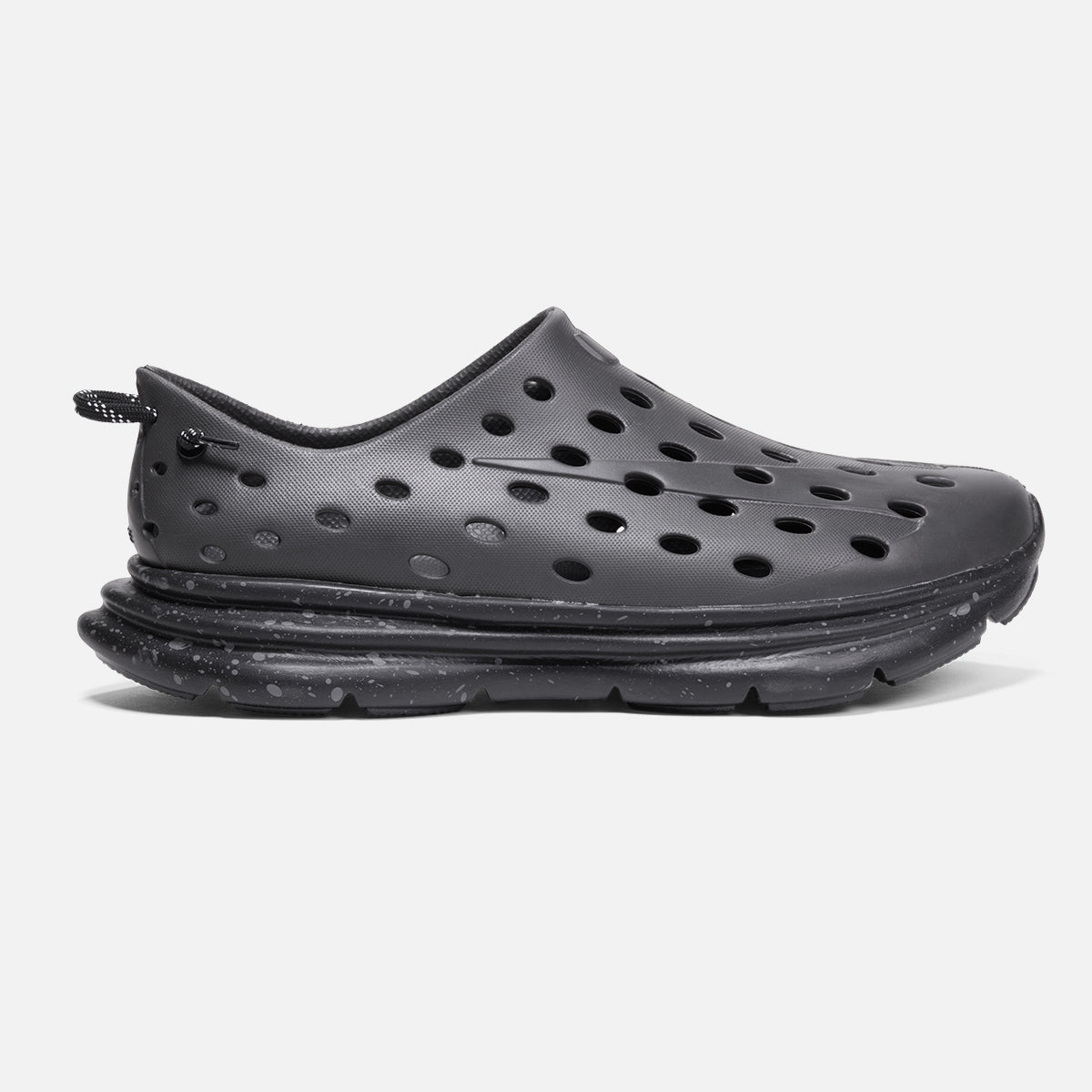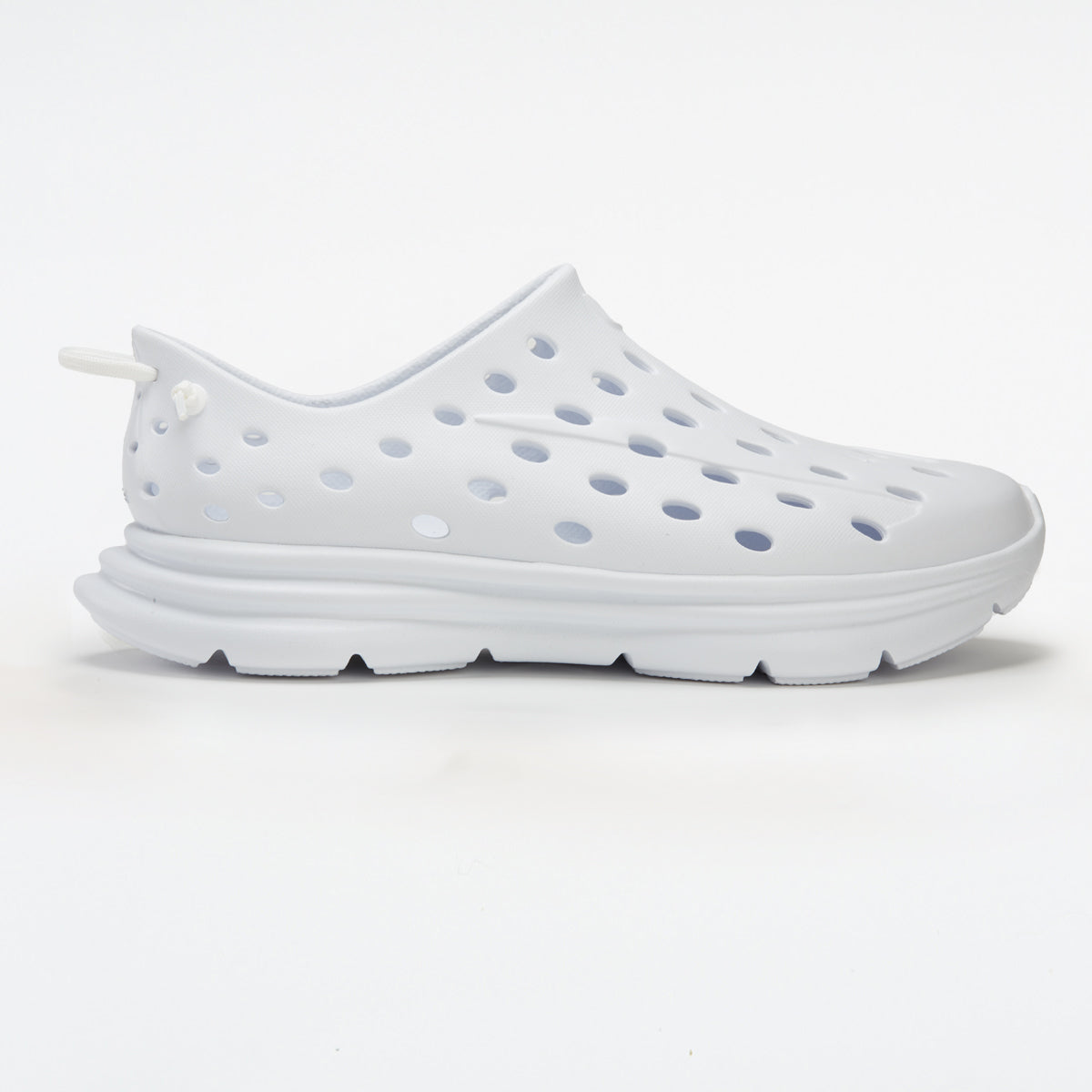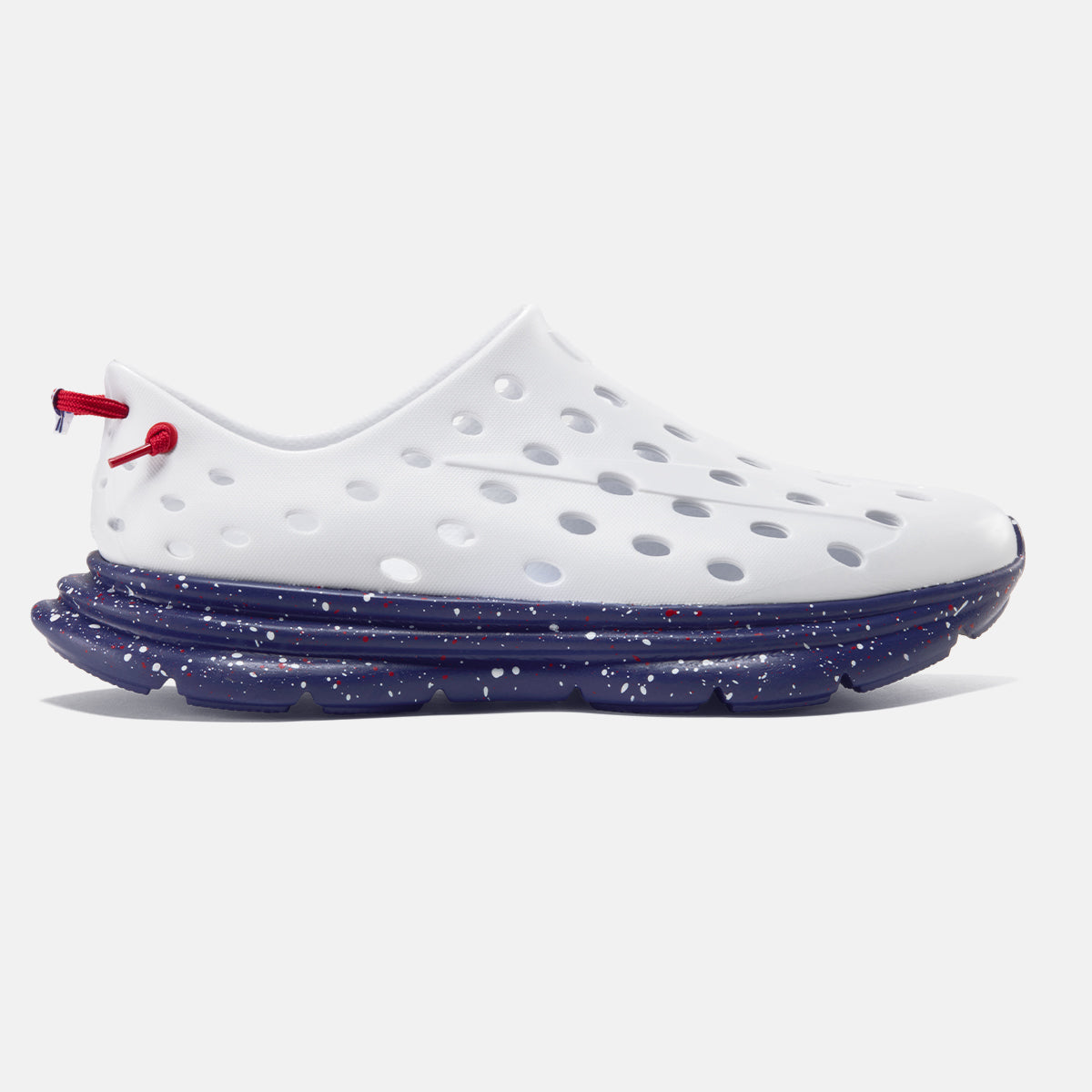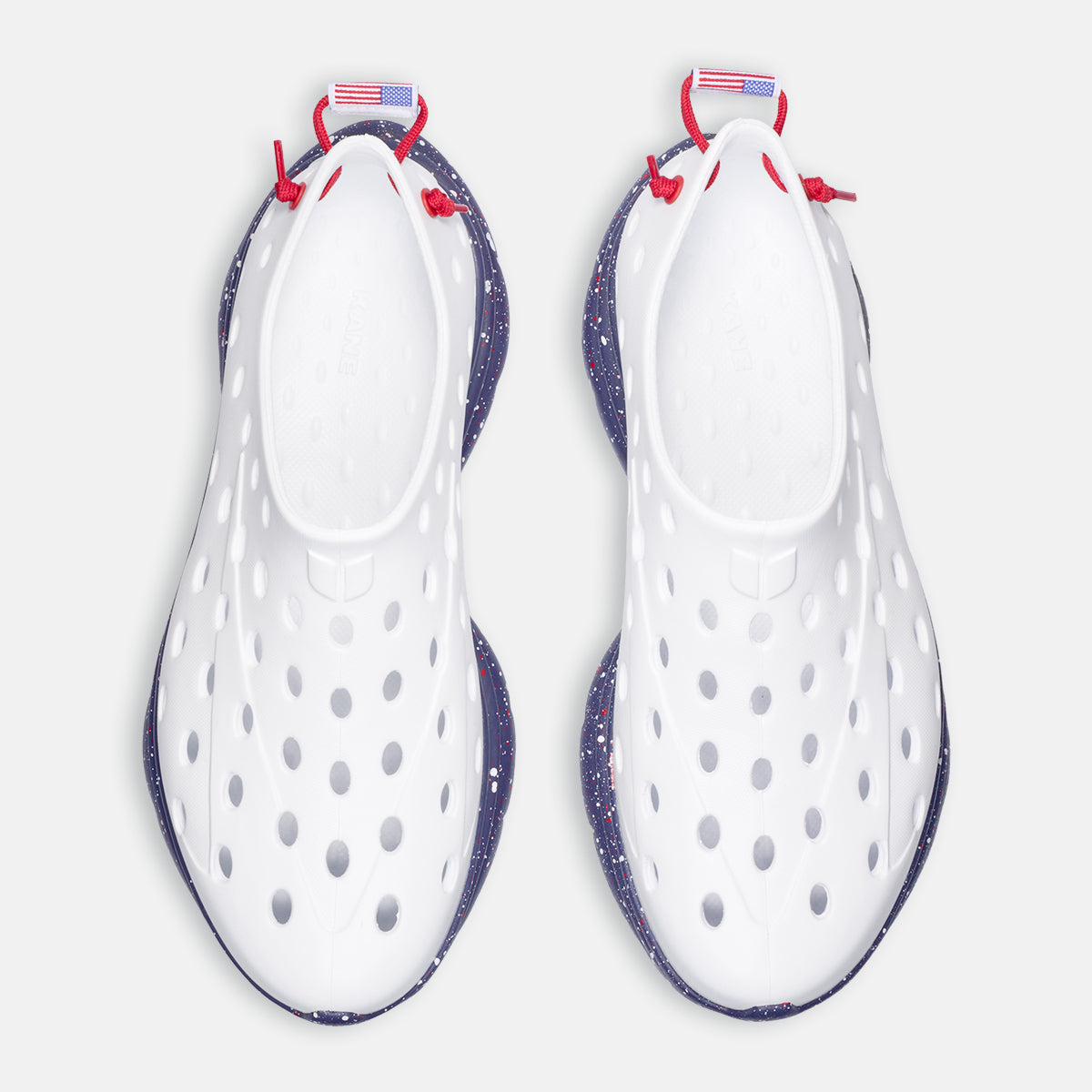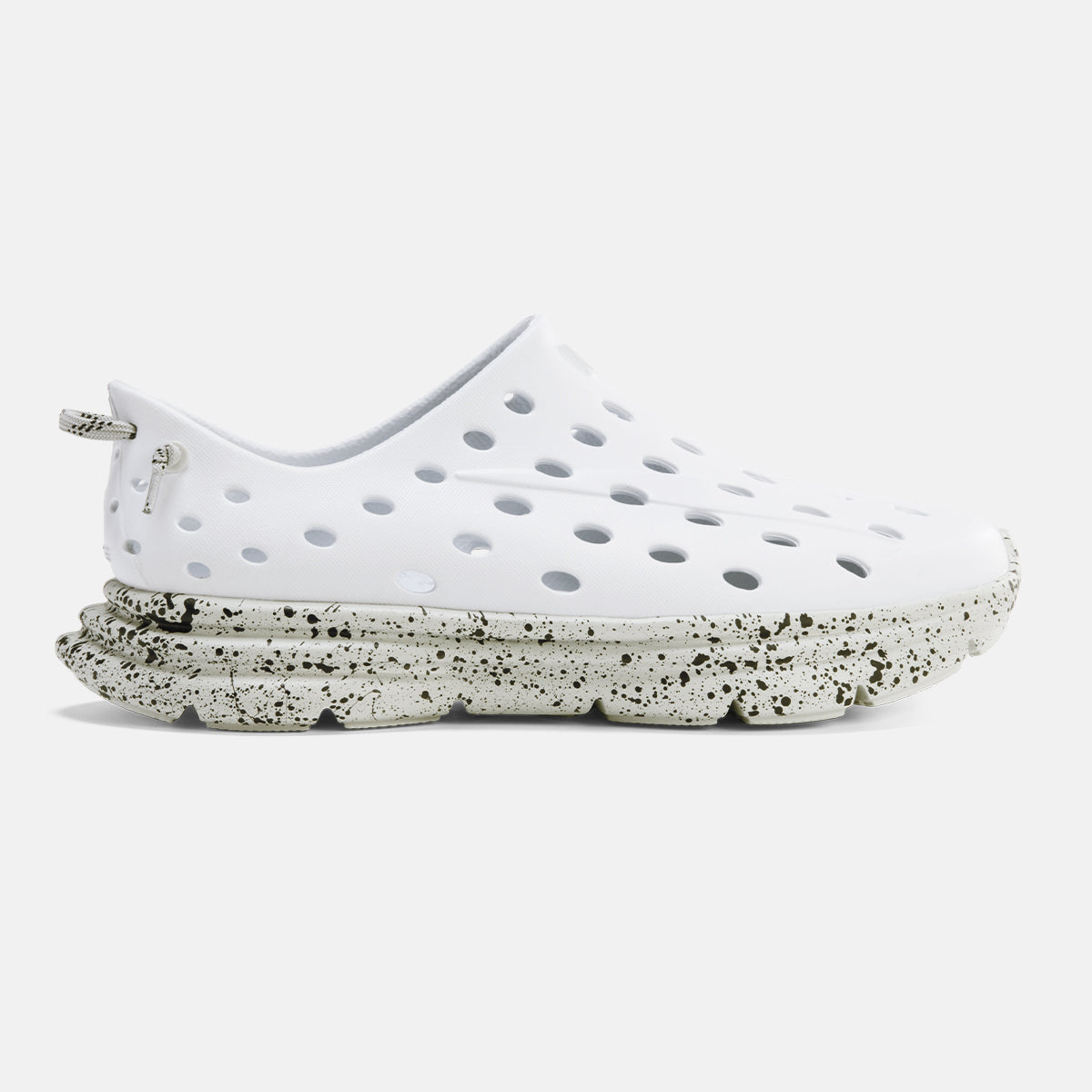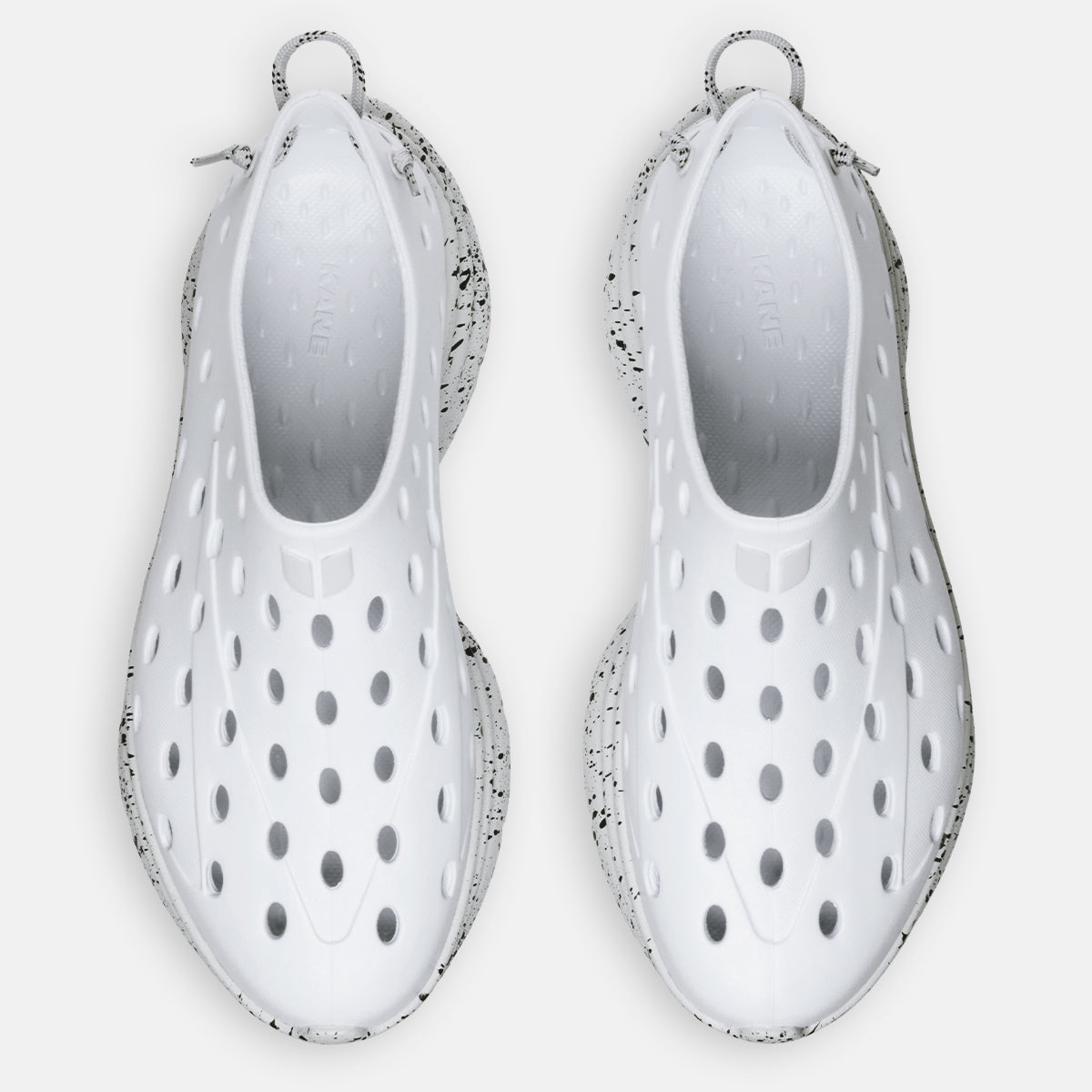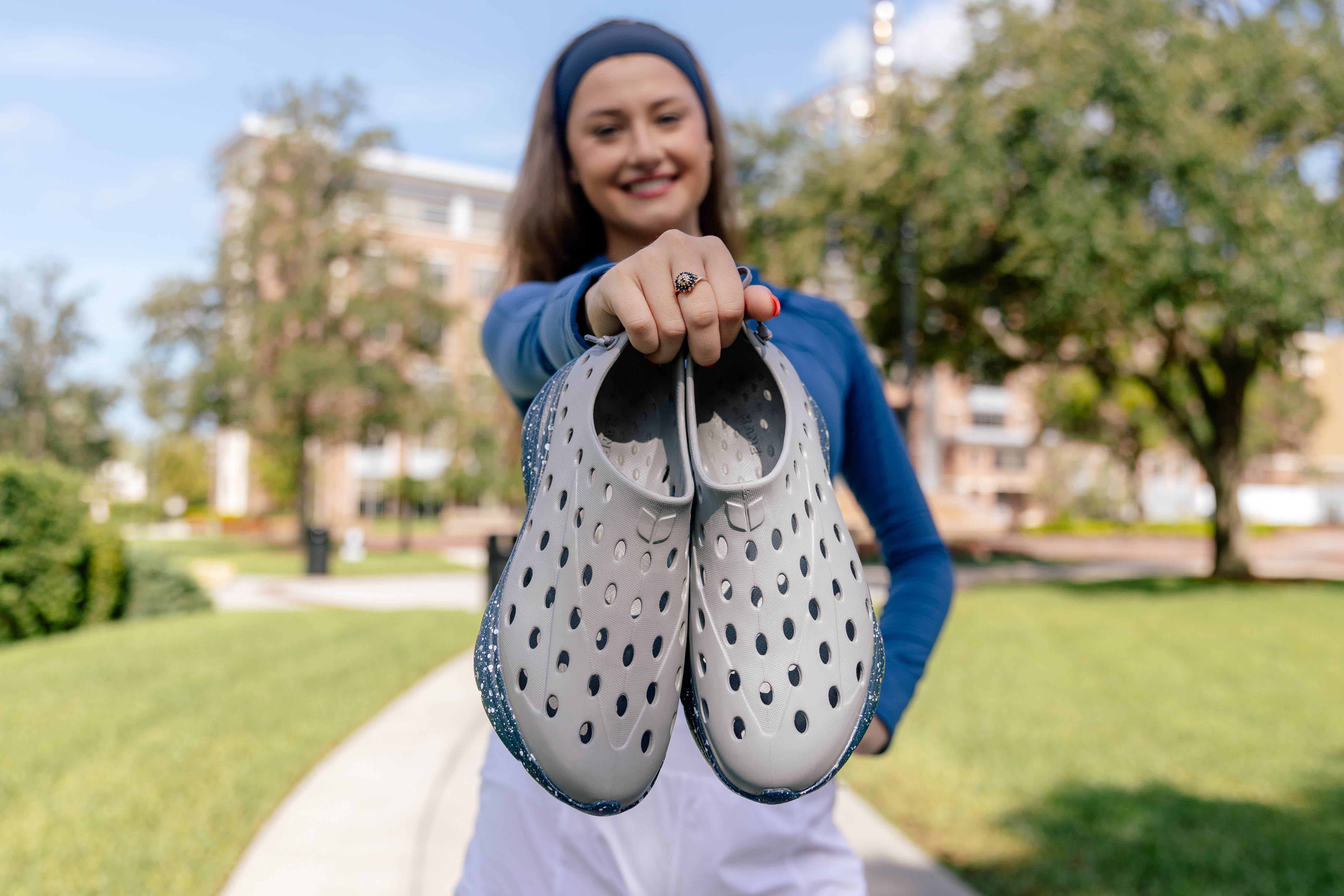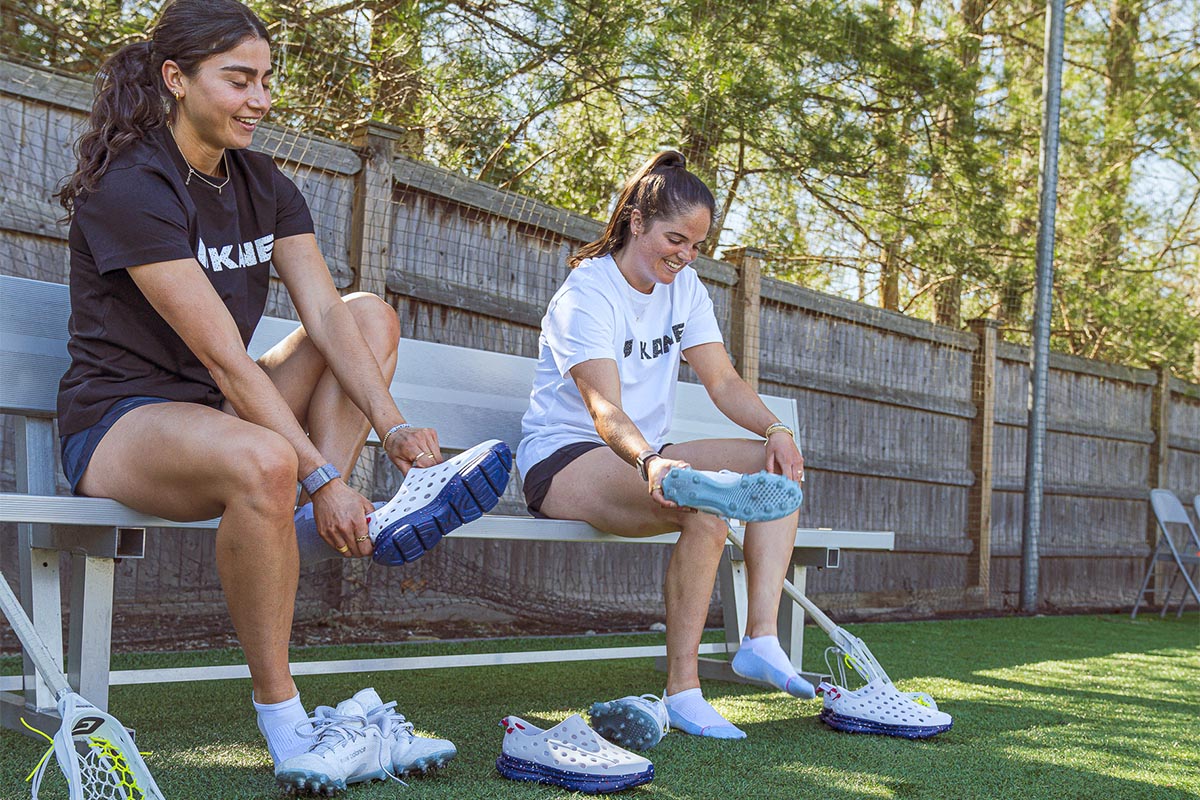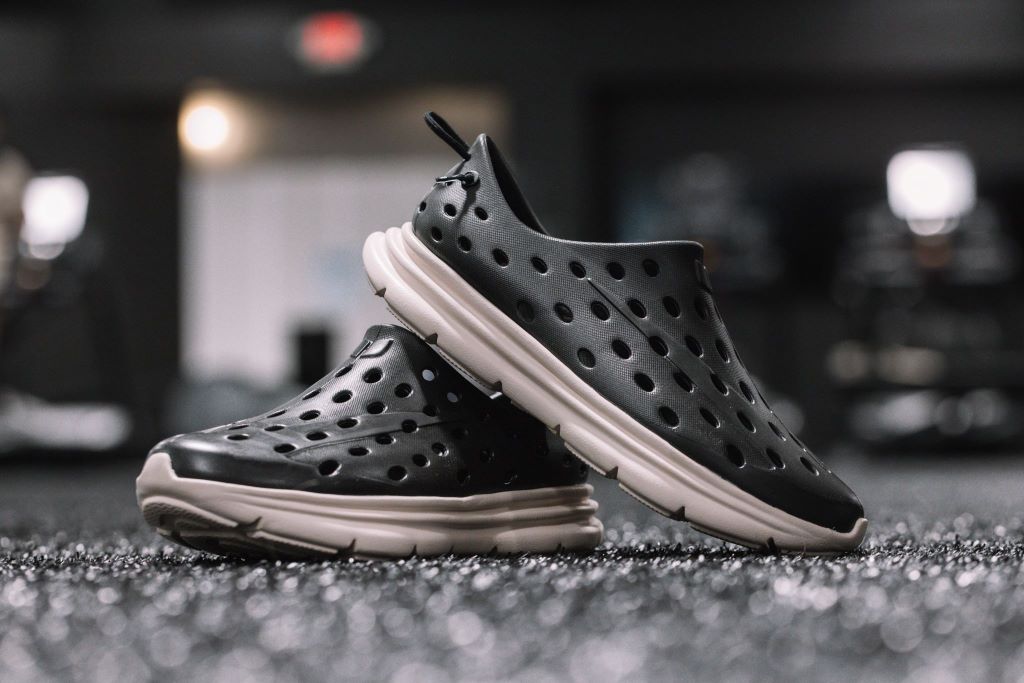Embarking on a fitness journey is undoubtedly invigorating, but the question of when to hit the shower after working out often lingers. The post-exercise shower isn't just about cleansing; it's an instant refresh and may prevent skin issues and aid muscle recovery.
In this blog post, we'll explore the nuances of timing your shower after working out and the potential benefits of immediate and delayed cleansing. Let's dive into the discussion and find out the best time to hop in the shower—and whether cold water immersion or a steamy soak is best for you.
The best time for a shower after a workout
The ideal time for a shower depends on personal preference, the intensity of your exercise, and your specific needs. However, a general guideline is to shower right after working out.
Promptly showering after a workout has several benefits. It helps clean sweat, bacteria (especially if you use antibacterial soap), and potential irritants from your skin, reducing the risk of odor and other skin issues. It's also a great way to cool down, especially after intense cardiovascular exercise, and may boost recovery by improving blood circulation.
If immediate showering isn't possible after your next workout, using a clean towel to wipe off excess sweat and changing into dry, clean clothes can be an excellent interim solution. The key is to listen to your body and adopt a comfortable and refreshing routine.
Whether it's an immediate post-workout shower or a brief cool-down followed by a more leisurely cleansing, find the timing that aligns with your preferences and schedule—and contributes to your overall well-being.
The case for waiting to shower after a workout routine
According to one health coach, the best time for a quick shower after working out is about 20 minutes after your sweat session ends,Well+Good reports. This allows you to cool down and your heart rate and body temperature to stabilize. If you've ever found yourself sweating after your post-workout shower, this approach might be for you.
Spend that 20 minutes doing low-intensity stretches, eating protein-rich foods and other things to promote recovery. “While it may be frustrating to wait (especially when you are busy), you can use this time to also rehydrate your body by drinking lots of water or (making) a delicious smoothie so it’s waiting for you when you get out of the shower,”Ariel Blegrave said.
Belgrave recommends starting your shower at a lukewarm temperature and gradually making the water colder throughout the shower. Spend the last 90 seconds of your shower under the iciest water you can stand to help target the muscle groups you worked during your workout. Then dry off and change into those post-workout clothes!
Is a cold or hot shower better for post-workout recovery?
Let's dive into the post-exercise recovery dilemma: hot or cold water showers? It's like choosing between a frosty plunge or a warming soak; choosing water temperature isn't just about comfort—it's about what your body needs.
Frigid showers are the MVPs for reducing inflammation and boosting your circulation, perfect for a quick recovery. But if you're in the mood for some muscle TLC and mental unwind, hot showers are the go-to.
So, whether you're Team Hot or Team Cold, the choice is yours. Let's break down the perks and find the shower that's right for your post-workout ritual.
The benefits of taking a cold post-workout shower
The choice between hot or cold showering after working out depends on your personal preference, the type of high-intensity exercise you've done, and your specific goals. Before you take the plunge, here are some considerations for taking a cold shower after a workout:
- Reduced muscle inflammation and soreness: Cool water may help reduce muscle inflammation and soreness by constricting blood vessels and decreasing blood flow to the affected areas.
- Faster recovery: The cold may slow down metabolic activity, potentially aiding in a faster recovery process by reducing the stress on the body post-exercise.
- Improved circulation: Frigid water can stimulate blood circulation, enhancing the flow of oxygen and nutrients to the muscles and supporting overall cardiovascular health.
- Eased muscle tension: Cold showers can help alleviate tension when your muscles ache, promoting relaxation and potentially reducing the risk of muscle spasms or cramps.
- Enhanced endurance: Exposure to chilly water may improve endurance and resilience by training the body to adapt to different stressors, potentially enhancing performance over time.
- Increased alertness: Cold water can be invigorating, leading to increased alertness and energy levels. Feeling more energetic can be particularly beneficial after a tiring workout.
- Skin health: Frigid water can tighten pores and reduce sebum production, potentially improving skin health and reducing the risk of acne. Scrub with a washcloth, loofah, or body brush to slough off dead skin cells.
- Calorie burning: Exposure to cold temperatures may stimulate brown fat, a type of fat that burns calories to generate heat, potentially contributing to weight management.
The benefits of taking a hot shower after a workout
Taking a steamy shower after a workout can offer several benefits, such as:
- Muscle relaxation: Warm water helps to relax tired muscles by promoting blood flow and reducing muscle tension. Increased blood flow can be particularly beneficial after strenuous exercise or strength training by helping muscles recover.
- Pain relief: A high-temperature environment can relieve muscle and joint pain, making it a soothing choice for people experiencing discomfort after a workout.
- Improved flexibility: The warmth can enhance flexibility by increasing the elasticity of muscles and connective tissues, potentially reducing the risk of injuries.
- Stress reduction: Steamy showers have a calming effect on the nervous system, helping to alleviate stress and anxiety, which can be especially beneficial after a demanding workout.
- Better sleep: A hot soak before bedtime can promote relaxation and contribute to better sleep. The rise and subsequent drop in body temperature afterwards can signal to the body that it's time to wind down.
- Open pores and cleansing: The warmth opens clogged pores, facilitating the removal of dirt, oil, and sweat from the skin. Flushing these impurities away can contribute to clearer skin and may help prevent acne.
- Detoxification: Sweating induced by a hot shower can assist in the elimination of toxins.
- Respiratory benefits: Steam may help open nasal passages, making it easier to breathe. An easier time breathing can be particularly helpful if you've engaged in cardiovascular exercise or have respiratory issues.
- Enhanced blood circulation: Warmth causes blood vessels to dilate, improving blood circulation. Increased circulation can potentially enhance the delivery of oxygen and nutrients to the muscles.
- General relaxation and well-being: A hot shower provides a general sense of relaxation and well-being, offering a moment of comfort and self-care after physical exertion.
What about combination showers?
Combination, or contrast, showers involve alternating between hot and cold water during a single shower session. This practice is believed to have various health benefits due to the contrasting temperatures. Here's how contrast showers typically work:
- Hot phase: Start your shower with a comfortable, warm temperature. The hot water helps to relax muscles, improve circulation, and open up pores.
- Cold phase: After a few minutes of the hot phase, switch to cold. The frigid water constricts blood vessels, reduces inflammation, and stimulates the nervous system.
- Repeat: Continue alternating between hot and cold water for several cycles. The duration of each phase can vary, but common recommendations include 2-3 minutes of hot water followed by 30 seconds to 1 minute of cold water.
- End with cold: Some people choose to end the contrast shower with a final cycle of cold water to leave you feeling invigorated.
The key to a contrast shower is the quick transition between hot and cold temperatures, which is believed to stimulate various physiological responses.
Listen to your body and gradually introduce contrast showers if you're new to the practice. Additionally, individuals with certain health conditions, such as cardiovascular issues, should consult a healthcare professional before incorporating contrast showers into their routine.
Other ways to cool down after a workout — that don't involve cold showers
Cooling down after a workout is essential for promoting recovery and preventing muscle stiffness. Here are some practical ways of cooling down that don't involve standing under a stream of cold water.
Gradually winding down with 5-10 minutes of low-intensity cardio, like a brisk walk or leisurely cycling, helps your heart rate and breathing return to baseline. Gentle cardio assists in easing the transition from the heightened state of your workout to a more relaxed post-exercise state.
Holding static stretches post-workout targets specific muscle groups, enhancing flexibility and reducing muscle tightness. Spend time stretching major muscle groups, holding each stretch to a point of mild tension without causing discomfort. This practice aids in preventing muscle imbalances and promoting overall flexibility.
Rehydration is crucial after sweating it out during your workout. Drinking water helps replenish lost fluids, supports optimal bodily functions, and aids in the removal of waste products generated during exercise.
Take a moment for deep breathing exercises to help you shift into a state of relaxation. Inhale deeply through your nose, hold for a brief pause, and exhale slowly through your mouth. This simple technique can assist in lowering your heart rate and promoting a sense of calm.
Use a foam roller for self-myofascial release to target tight or sore muscles. Roll slowly over different muscle groups, applying gentle pressure to release tension and knots. Foam rolling can improve flexibility, blood flow, and muscle recovery.
Treat yourself to a light self-massage or use a massage tool on tight or fatigued areas. Light massage helps increase blood flow, releases muscle tension, and provides a relaxing and enjoyable cool-down experience.
Take a short, mindful walk to gradually allow your heart rate to return to its resting rate. Walking can be a meditative experience, allowing you to appreciate the rhythm of your steps and the calming effects of nature.
Pay attention to any signals your body is giving you. Adjust your routine accordingly if you experience pain or discomfort during your cool-down. Tailor your cool-down to your body's needs to ensure a smooth transition to a relaxed state after your workout.
Compression wear, like socks or sleeves, and recovery shoes provide gentle pressure on muscles and joints. Recovery wear can support circulation, reduce muscle soreness, and potentially enhance recovery. Wear them for a period after your workout to experience their benefits.
Discover Kane Recovery Shoes!
Kane’s recovery shoes provide excellent support, comfort, and durability for those in need of top-notch recuperative footwear. Featuring an adjustable hook-and-loop single strap synthetic upper, plush TPR footbed, as well as a durable injected EVA outsole, these kicks come with all the right features to assist you during your rehabilitation journey.
Aside from providing quality products, they are also committed to sustainability, having made plans to become a B Corp while dedicating 1% of their overall profits towards environmental charities.
Frequently asked questions
Can showering or bathing help post-workout recovery?
After a workout, taking a shower or bath isn't just about getting clean; it's a fantastic way to boost your recovery. The warm water helps relax your muscles, easing any tension from your workout. Plus, it opens up your pores, allowing you to wash away all that sweat and grime, leaving your skin feeling fresh. It's like hitting the reset button, not just for your hygiene but also for your overall well-being. So, make a shower or bath part of your post-workout routine—it's your ticket to feeling rejuvenated and ready for whatever comes next!
How long should you wait to shower after a workout?
Hopping in the shower shortly after your workout is a good idea. Not only does it help keep you smelling fresh by getting rid of sweat and bacteria, but it's also an excellent way to cool down, especially after a vigorous session. Plus, you'll probably find it more comfortable overall. So, embrace that shower after an intense workout—it's your time to refresh and unwind!







































